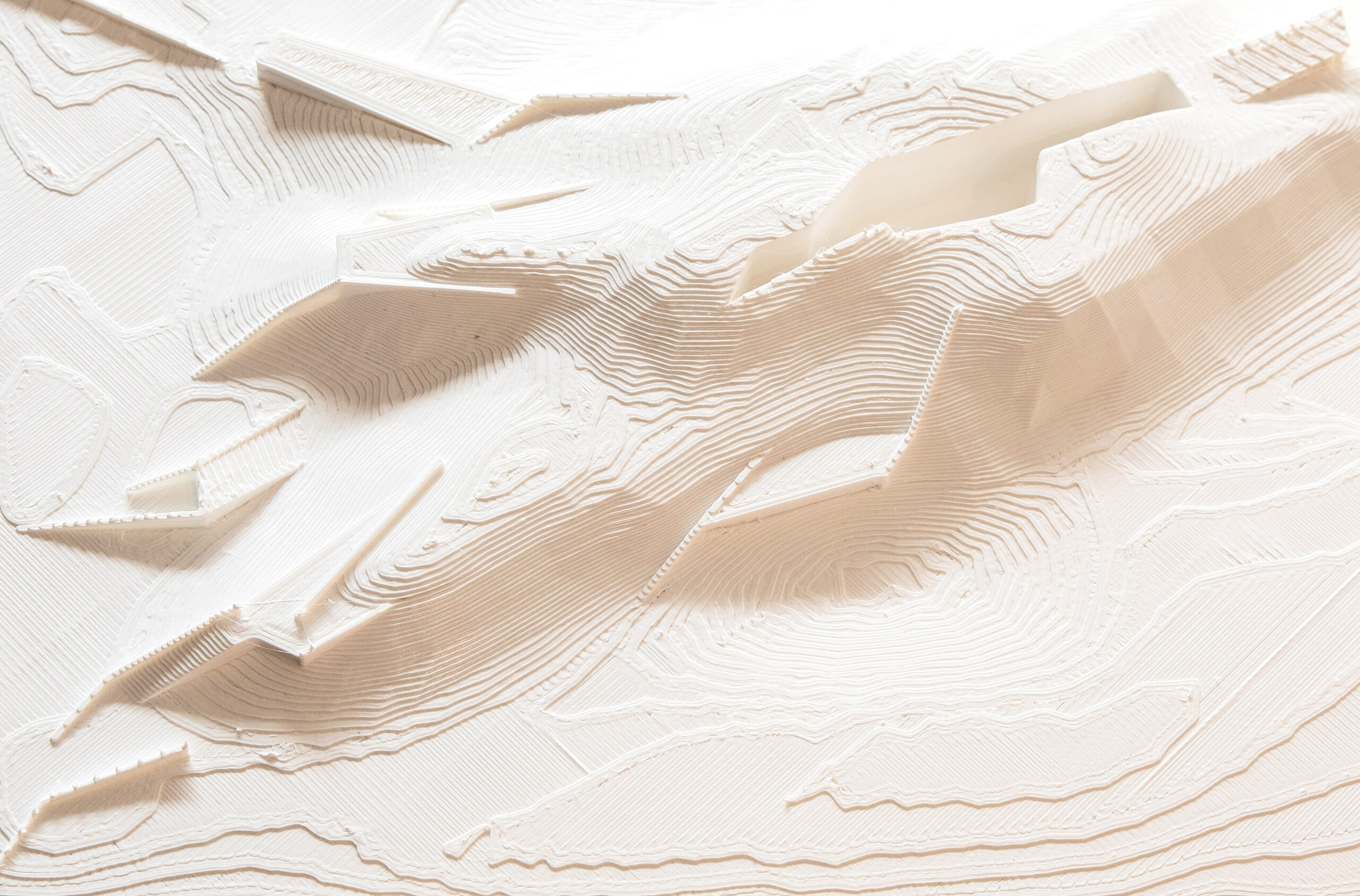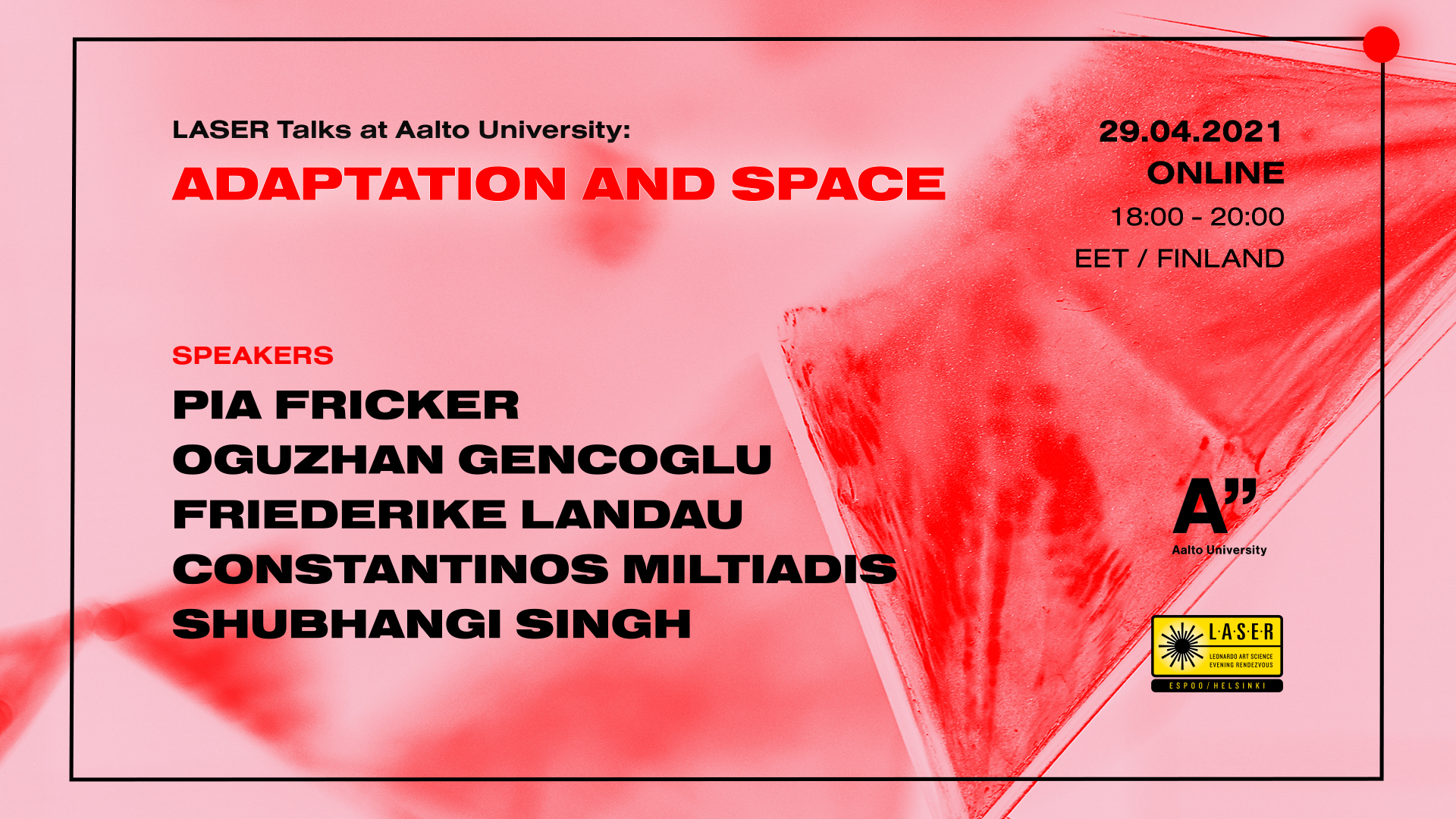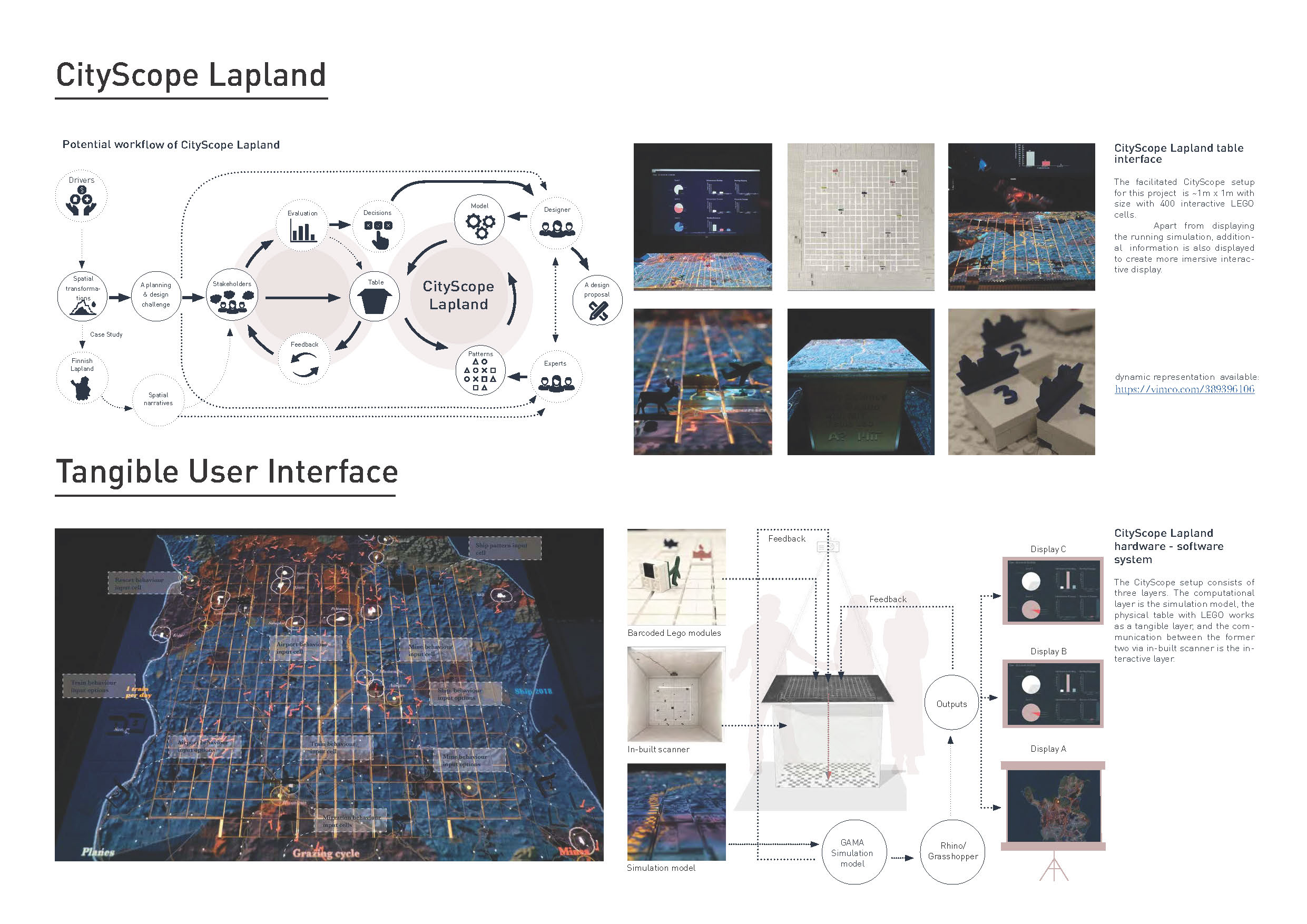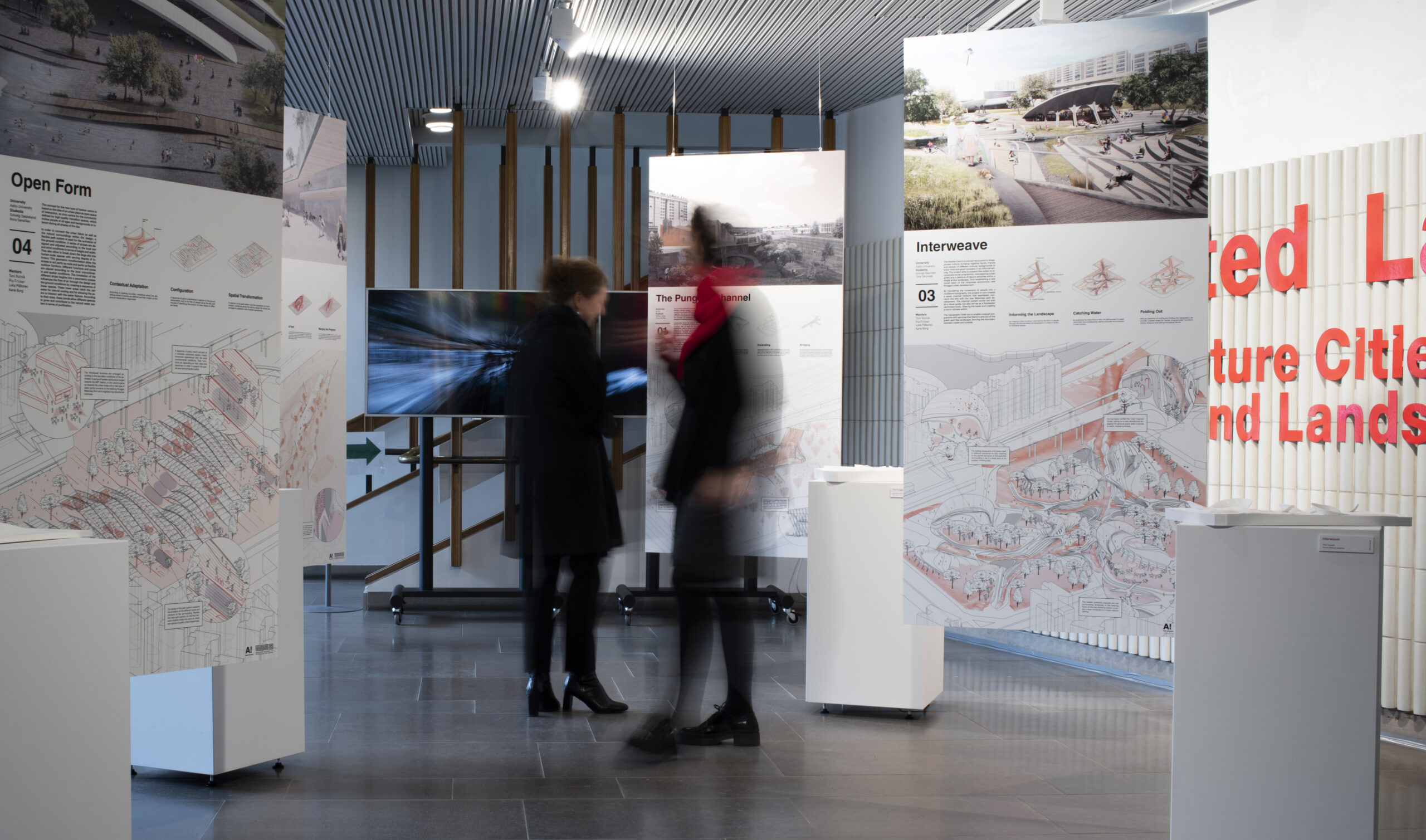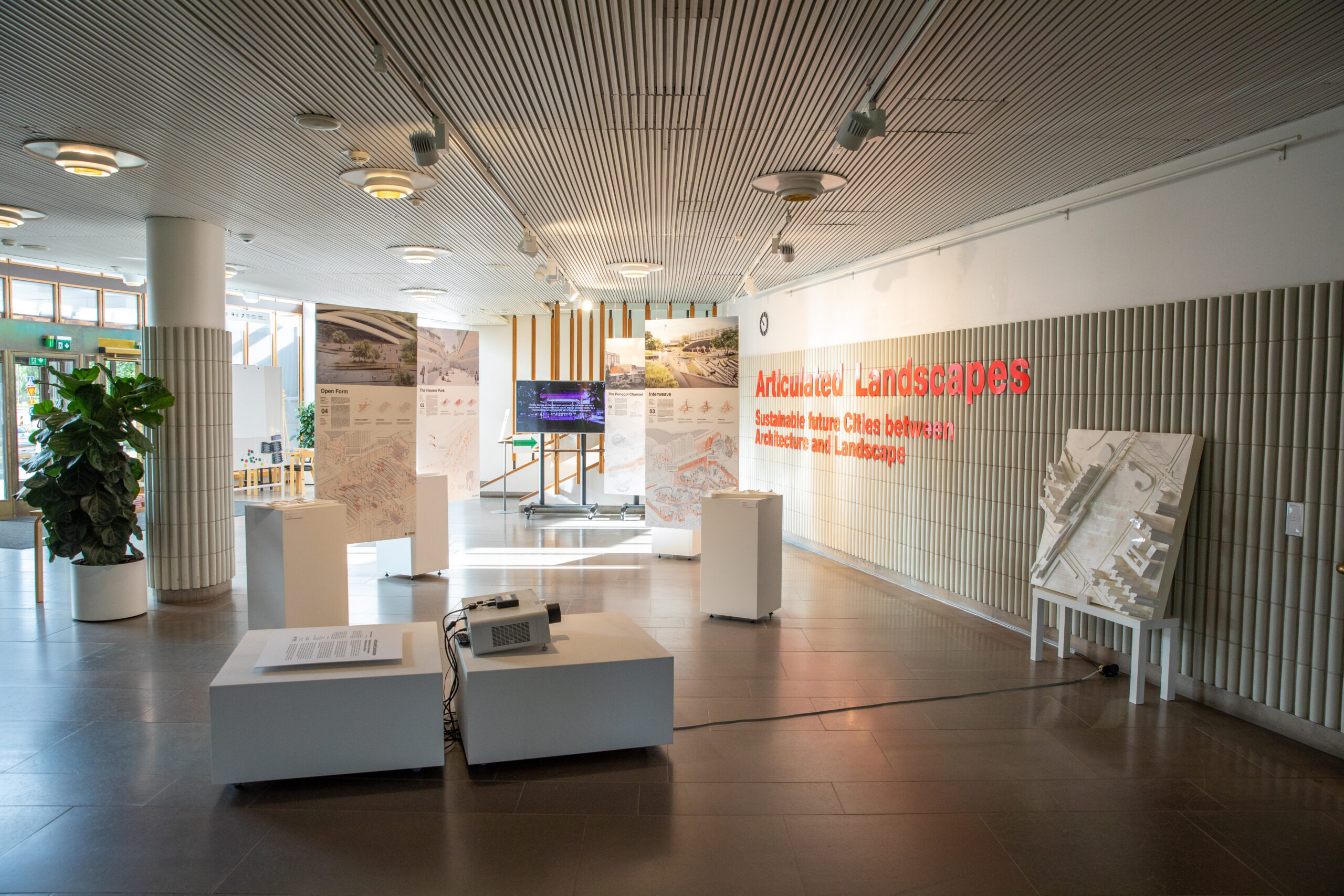Performative Patterns of High Density-Sustainable Visions Between architecture and Land-Scape
Today, more people live in urban areas than in rural as our planet has gone through rapid urbanization in recent decades. This process of urbanization is affecting not only our condition of living, the social, the economic, the political, the cultural, but also the environmental. Traditionally, urban life has been perceived as an escape from natural conditions, the urban in opposition to nature. We are increasingly becoming aware that urban development has to be understood as a development within nature and in interaction with nature. This requires a rethinking of the design of our future cities. The urban as land-scape, as prosthetic nature.
The presented design speculations are driven by thinking in structures and systems, informed by the underlying flow of various data streams and translated in a pattern of order and interactions. However, the goal is not a technological mimicry of nature and the urban as a simulation of the natural surrounding but rather a creative investigation into natural patterns of interaction, into patterns of regularity as a driver for design interventions. The urban space should be a created ground that expands the inherent logic and functionality of nature and challenges the traditional understanding of densification strategies enhanced by eco-system services. Landscape and natural processes are understood as a fundamental set of transitional concepts that operate on fields and boundary conditions. Reading the urban fabric as dynamic network systems with different contextual layers, allows an analysis of patterns linked with transitional and temporal elements of landscape systems
https://ecc – italy.eu/exhibitions/upcoming
https://ecc-italy.eu/files/Online_catalogue_lite.pdf
Project Team
Pia Fricker (Aalto University, Helsinki) Toni Kotnik (Aalto University, Helsinki) Carlos Bañón (Airlab, Singapore)
Computational Support
LukaPiškorec (Aalto University, Helsinki)
Kane Borg (Aalto University, Helsinki)
Sourabh Maheshwary (Airlab,Singapore)
Simon Rocknathan (Airlab, Singapore)
Exhibition Support
Tina Čerpnjak(Aalto University, Helsinki)
Manuel Fonseca (Aalto University, Helsinki)
Acknowledgements
Aino Maaike Hautala, Amirhossein Teymourtash, Anniina Norpila, Chengfan Yang, Cheong Yi Lei,Chiuki Lai, Chong Yin Yi Christy, Choo Ee Pin, Daniel Yong Kaijie, Egle Pilipaviciute, Eileen Wong,Elina Inkiläinen, Elizabeth Teo Mei Qin, Faezeh Sadeghi, FanyiJin, Grace Teo Yu Cheng, HaipengWang, Han Xianhe, Hkyet Zau Mun Aung, Ho Yu De Samuel, Hwang Jinwook, Iurii AleksandrovichShimin, Janne Jesper Keskinen, Jenna Maija Ahonen, Jiaqi Wang, Jinwook Hwang, Joel AnthonTiitinen, Joonas Hermanni Saarinen, Kai Antero Hakala, Kaisa Pauliina Kiuttu, Koichi Tamura, KyawZwa Thant, Lee Xuan Ying Diane, Liang Xiuling Chloe, Loviisa Luoma , Maiju Ilona Rinne-Kanto,Maral Alaei, Marjo Linnea Airamo, Mauricio Mari Jaelle Salas, Megan Chor Xin Yi , Mengwei Wang,Natalie Ng Jie Lin, Nora Sønstlien, Nur Amalina Bte Md Halim, Nurul Asyiqin Zahrin, Olga Zharkova,Petra Kaarina Suittio, Pheeraphat Ratchakitprakarn, Phoebe Kong Li Hui, Pirita Meskanen, QuekWen Jia Marcus, Riikka Hiltunen , Rosa Haukkovaara, Salvador Hernandez Gazga, Sandy Low Yu Xian, Saviana Rabea Theiss, Shuaizhong Wang, Soh Jia Ying, Solveig Sanden Døskeland, Solveig Vangen Paulsen, Sundaram Mohan Janani, Tamura Koichi, Tina Cerpnjak, Tone Thorbjørnsen, Tong Sheng, Tseng Yun Ching, Tuuli Tõniste, Way Way Yun Hlwar Thon, Xin Ding, Xinyan Li, Yang Funing, Ye Feng, Yilan Zhou, Yinan Xiao, Yiping Zhang, Yoo Fei Yi, Yuyang Shi, Zhang Bojun, Ziyi He

